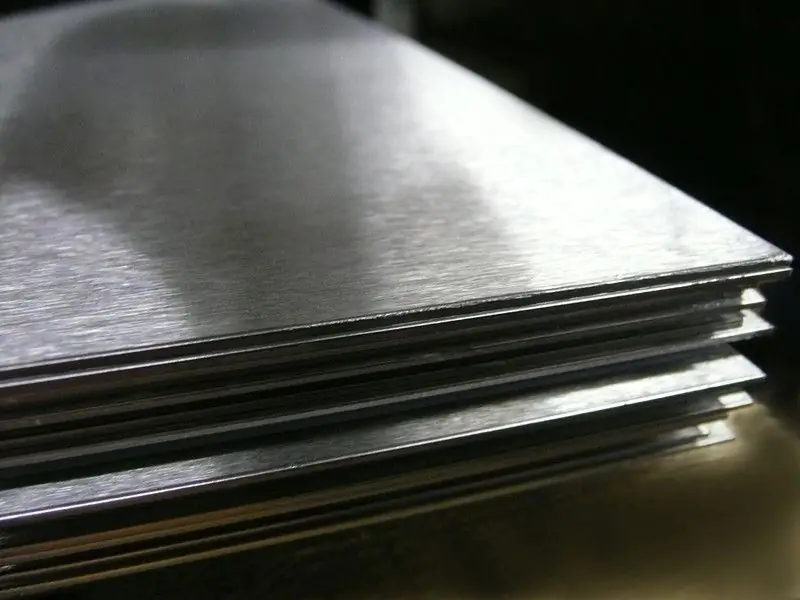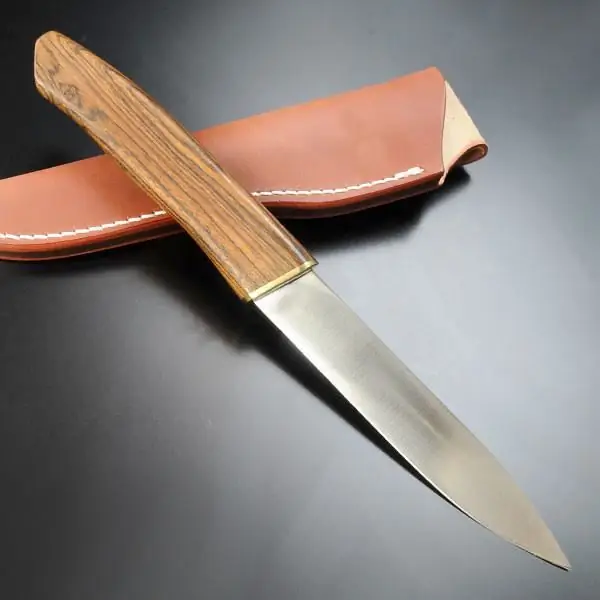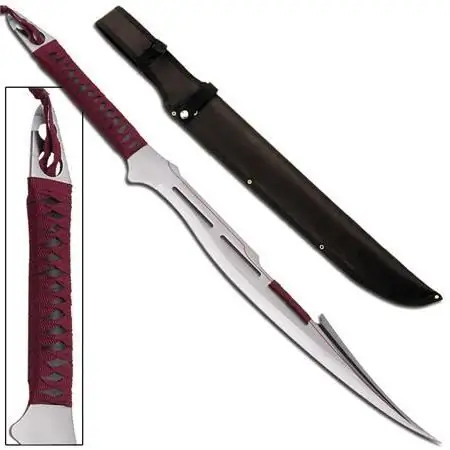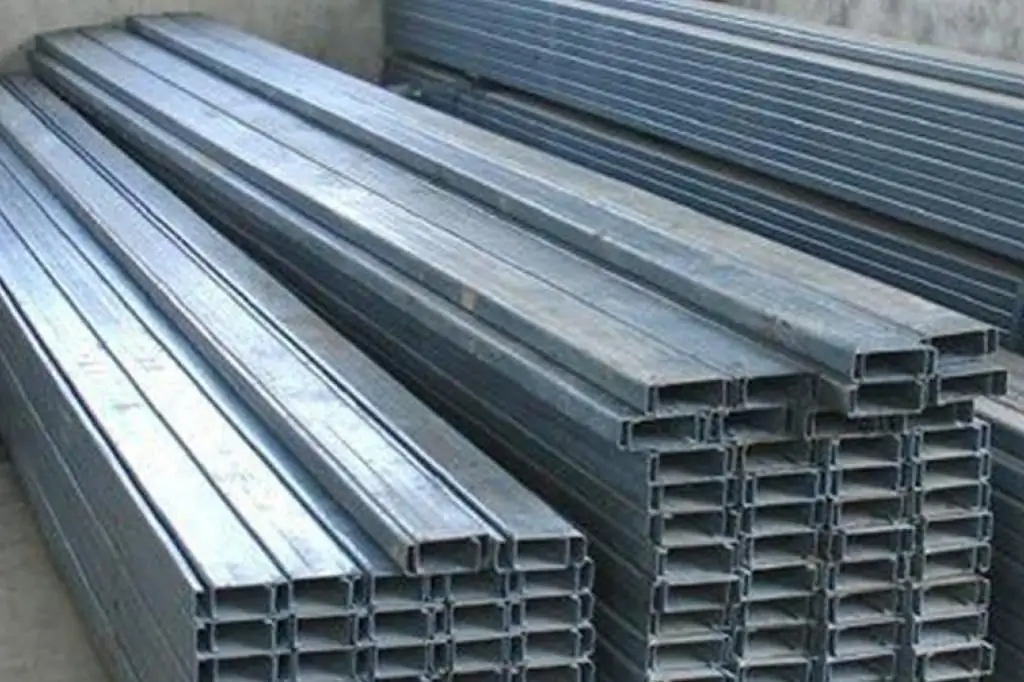2026 Author: Howard Calhoun | [email protected]. Last modified: 2025-01-24 13:10:26
It often happens that you need to study a large layer of information, and, as usual, there is not much time. In such a situation, articles such as this one are very helpful: informative and concise. For example, this short review contains all the most necessary information regarding the C235 steel grade: its composition, properties, analogues, decoding and scope. Having studied it, anyone can easily find the type of metal he needs, if necessary.
Deciphering the steel grade

Let's start with what this steel is called. After all, its symbol can tell a lot of useful information. So a professional who knows how to “read” grades of alloys will immediately understand that C235 is a construction, low-alloy construction steel. This is evidenced by its marking, in which the letter “C” denotes its direct purpose - use in building structures, and the addition of numbers is the yield strength of the alloy, expressed in unitsmeasurements - megapascals. This characteristic of steel is very important for industrial alloys, as it helps to calculate the maximum load that parts made of a particular metal can be subjected to without the risk of their further critical deformation and, as a result, breakage.
Chemical composition of the alloy

The fact that C235 steel is low-alloy does not mean that it does not contain any chemical impurities and additives that would endow the material with any outstanding properties. Yes, of course, the list of additives as a whole is not so extensive when compared with more specific steel grades, however, chemical additives are still present in the composition of C235 steel. GOST is proof of this. This document, certified by all authorities, provides a list of alloying elements:
- Carbon (0.2%). Steel belongs to the class of low-carbon steels and has reduced hardness characteristics, which reduces the final strength, but significantly increases ductility and facilitates machining.
- Silicon (0.05%) is a natural deoxidizer, at this dosage it slightly increases the strength of steel, its heat resistance and ductility.
- Manganese (0.6%) - improves the structure of steel, giving it strength, however, it has little effect on other indicators.
- Nickel, chromium and copper (0.3% each). The action of impurities is generally identical and is aimed at increasing corrosion resistance, heat resistance and overall strength.
- Phosphorus, sulfur (up to 0.05%) - harmful impurities that adversely affectalloy structure. However, their content is generally negligible.
Alloy characteristics

Now that the chemical composition of the steel has been studied, the following theses can be put forward regarding the characteristics of C235 steel:
- Plasticity. The alloy does not have high hardness due to the low carbon content in the composition, as well as due to some additives that give the metal even greater ductility. Due to this, firstly, facilitating machining is achieved: shaping a sheet of C235 steel by bending without preheating, straightening with a special tool, cold pressing, and so on. Secondly, the risk of defects in the part under load is reduced.
- Weldability. The construction of building structures is difficult to implement without the participation of a welding machine, and therefore the material from which they will be made must have good weldability. And the steel grade C235 fits perfectly. After all, it can be welded without preheating in any way and not be afraid that cracks form at the seam.
- Corrosion resistance. The resistance of steel to oxidation and rusting is very important. After all, it depends on this indicator how soon this or that design will become unusable. Steel C235 has an average resistance to corrosion, which allows you to work with it in normal humidity conditions without rusting.
Analogues and substitute steels

The rolled metal market is truly vast and therefore for one and the samesame operation, you can easily find at least a couple of steels similar in composition and characteristics. However, you need to know what to look for. For steel C235, the list of substitute alloys is:
- St18kp;
- St3kp2;
- ST3kp2.
Knowing the list of these steel grades, any buyer at least triples his chance to purchase building materials for his needs. Although, with a high degree of probability, a good consultant will be able to point out analogues of this or that alloy free of charge.
Recommended:
Steel 10HSND: characteristics, properties, composition

Sometimes it can be very useful to have a short excerpt in front of your eyes, containing all the most important information on a particular issue. This article is such an excerpt, which contains all the most important information about 10KhSND steel: characteristics, its application, composition and properties
Food stainless steel: GOST. How to identify food grade stainless steel? What is the difference between food stainless steel and technical stainless steel?

The article talks about grades of food grade stainless steel. Read how to distinguish food stainless steel from technical
Steel: composition, properties, types and applications. Composition of stainless steel

Today, steel is used in the vast majority of industries. However, not everyone knows that the composition of steel, its properties, types and applications are very different from the production process of this product
Characteristics of steel 65x13: properties, hardness. Reviews about knives made of steel 65x13

In modern metallurgy, a huge number of steels are used. Their characteristics, as well as the variety of nomenclature, are truly immense
440 steel - stainless steel. Steel 440: characteristics

Many people know 440 steel. It has established itself as a reliable, anti-corrosion, time-tested hard material, which is most often used for the manufacture of knives for various purposes. What is the secret of this alloy? What are its chemical, physical characteristics and applications?

